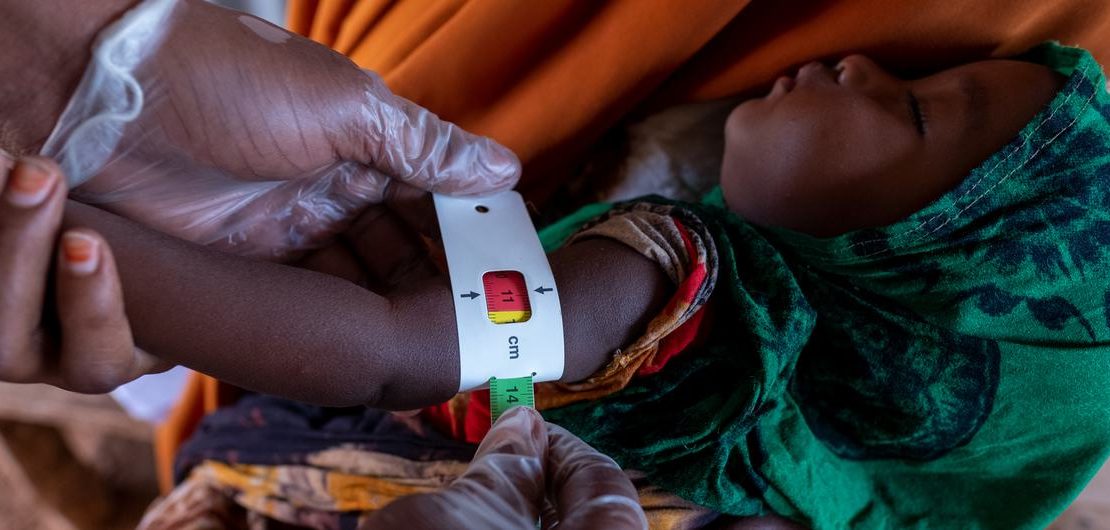- April 26, 2022
- Posted by: humanitarianweb
- Category: Humanitarian News

Widespread and rapid deterioration of the food security and nutrition situation requires the scale-up of coordinated, multi-sectoral efforts to save lives and build resilience
Acute food insecurity and malnutrition have dramatically worsened in Somalia since the beginning of 2022. The prolonged drought affecting about 80% of the country, increasing food prices, and severely underfunded humanitarian assistance is putting some areas across Somalia at risk of famine. According to the Somalia Updated IPC and Famine Risk Analysis published in April 2022, the situation is expected to worsen in the coming months – posing an immediate risk to the lives and livelihoods of the most vulnerable, including women and children, especially among internally displaced people:
• Over 6 million people (more than 38% of the total population) are expected to be in urgent need of food, safe drinking water, and other lifesaving humanitarian assistance to avert the risk of famine.
• Over 1.2 million acutely malnourished children, and pregnant and breastfeeding women will not receive adequate lifesaving nutrition assistance including 300,000 children with moderate acute malnutrition who are at risk of death due to the current low coverage of the Targeted Supplementary Feeding Programme (TSFP) and other nutrition preventative programmes.
Worsening food security, declining access to clean water, outbreaks of acute diarrhoea, and a measles epidemic are contributing factors to acute malnutrition – there is already evidence of a 51% and 15% increase in admissions to treatment for severely and moderately acute malnourished children, respectively, across the country since the beginning of 2022. In this scenario and with less than half of children, pregnant, and breastfeeding women currently receiving lifesaving services across the country, it is urgent to rapidly scale up humanitarian services to save lives and build resilience.
The country is likely to experience a rapid and large-scale deterioration of the food security and nutrition situation comparable to 2011 and 2017. However, unlike in 2017 when early funding contributions and massive scale-up of humanitarian assistance helped to prevent another catastrophe, the slow action taken so far in 2022 mirrors that of 2011 – which resulted in large-scale mortality, destruction of livelihoods, and increased human displacement.
If we fail to urgently scale up the nutrition response, maternal and child mortality attributed to acute malnutrition will increase and its lifelong debilitating consequences will continue, generation after generation. Yet, in this worsening context, humanitarian partners are forced to scale down essential services including food assistance, nutritional activities, health care provision, and access to clean and adequate water and hygiene services due to chronic underfunding in the humanitarian sector. So far in 2022, the nutrition cluster has received only US$ 49 million (27%) of the total financial requirement of US$ 178.8 million.
Due to lack of funding , as of April 2022, WFP has suspended all preventive nutrition interventions across the country and reduced the coverage of services for the treatment of moderate acute malnutrition. We are on track to the same outcome of 2011 if immediate financial action is not taken.
To effectively respond to the current situation and avert the risk of famine, Human itarian Response Plans need to be urgently funded and all humanitarian actors must collaborate with the Somalia government to deliver nutrition assistance through the existing government structures, e.g., all household and community member’s urgent needs are met.
With the current prolonged drought, rising food prices globally, and shortfalls in funding, humanitarian actors in Somalia are calling for immediate scaling up of humanitarian assistance and support for int ersectoral initiatives to avert the risk of famine in the coming months, saving lives and building resilience.
